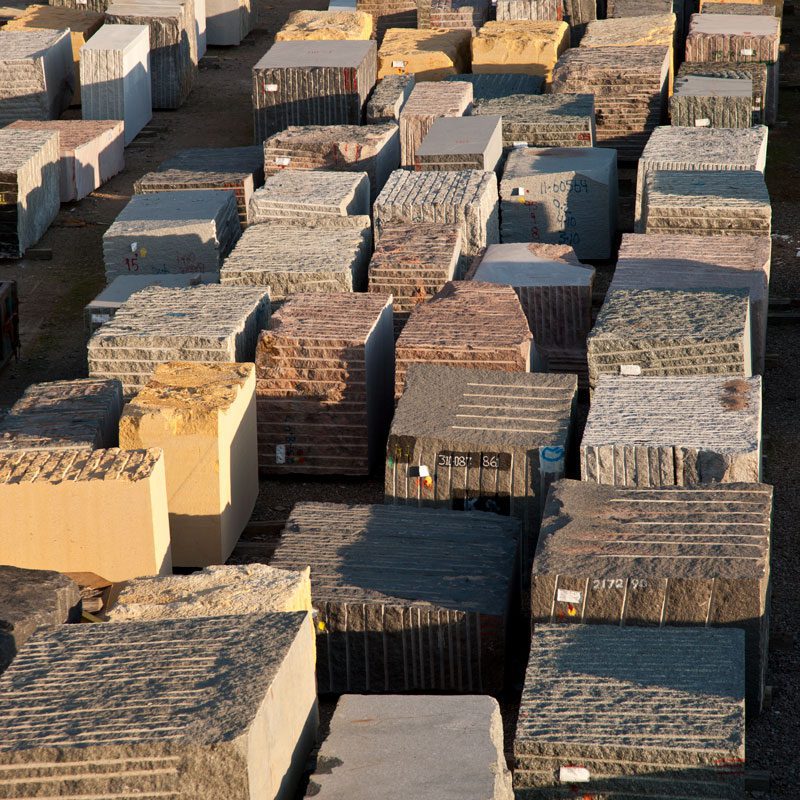Uncovering the Rich Background and Lasting Practices of Granite Quarrying
As we base on the precipice of uncovering the elaborate tapestry of granite quarrying, a journey via time exposes not just the physical act of removing rock however also the social and historical importance woven right into the extremely material of this method. From the old beginnings that laid the structure for modern-day quarrying strategies to the sustainable practices that are forming the future of this sector, each chisel mark on granite surface areas tells a tale waiting to be discovered (granite quarries in south africa). The heritage of granite quarrying stretches much past mere removal; it is a testimony to human ingenuity, durability, and the long-lasting appeal of this marvelous rock
Ancient Origins of Granite Quarrying
Going back to ancient worlds, the technique of quarrying granite has actually been an integral component of human background and building innovation. The earliest evidence of granite quarrying go back to ancient Egypt, where large pyramids and intricate sculptures were crafted from this long lasting rock. The Egyptians made use of primitive devices to draw out granite blocks from quarries, showcasing the significance of this product in their huge buildings.
Moving on in history, the Greeks also made substantial contributions to the quarrying of granite. The Greeks made use of granite in numerous architectural wonders, such as holy places and sculptures, demonstrating their skill in shaping and carving this hardy rock. The Romans better improved the methods of quarrying granite, utilizing advanced tools like blades and hammers to remove and shape granite for their legendary frameworks.
With the centuries, the practice of quarrying granite has evolved, with contemporary innovations enhancing performance while maintaining the ageless charm of this natural rock - granite quarries in south africa. From old human beings to contemporary home builders, the tradition of granite quarrying continues to form our world
Development of Quarrying Methods
The development of quarrying techniques has actually been noted by a continuous progression towards higher efficiency and precision in drawing out granite. Early quarrying techniques entailed hand-operated labor with fundamental tools such as blades, hammers, and wedges to remove granite blocks from the earth.
In even more recent times, the development of equipment revolutionized the quarrying market, enabling faster extraction prices and increased efficiency. Technologies such as diamond wire saws, high-pressure water jets, and pneumatic drills have become common in modern-day quarries, permitting for specific cutting and minimized waste. Moreover, improvements in computer-controlled equipment and 3D modeling have actually maximized quarrying procedures, resulting in minimal environmental impact and boosted sustainability methods. As the need for granite remains to rise, the advancement of quarrying techniques stays indispensable to conference sector needs effectively and sustainably.
Social Relevance of Granite
Granite holds a profound cultural significance throughout different people due to its long-lasting visibility in architectural work of arts and revered monoliths. The cultural importance of granite prolongs beyond its physical attributes; it personifies durability, stability, and timelessness, making it a symbol of withstanding heritages and customs.

Lasting Practices in Quarrying
In the middle of the rich background of granite quarrying and its social significance lies an expanding emphasis on sustainable methods within the sector. As environmental awareness and worries concerning resource exhaustion have actually heightened globally, the quarrying industry has progressively embraced sustainable methods to lessen its impact on the setting and bordering neighborhoods.

Additionally, improvement and rehabilitation of quarry websites post-extraction are essential to sustainable methods. By bring back quarried areas to an all-natural or valuable state, such as developing wildlife habitats or leisure rooms, quarriers can balance out the environmental footprint of their procedures and contribute positively to the neighborhood community.
Heritage of Granite Quarrying
With a historical backdrop steeped in workmanship and industrial development, what enduring influence has granite quarrying left on the landscape of modern-day culture? The tradition of granite quarrying transcends simple removal techniques; it has actually shaped architectural wonders, urban landscapes, and social heritage worldwide. The sturdy nature of granite has actually made it a preferred option for monuments, pop over here buildings, and facilities, standing as a testament to the skill and virtuosity of quarry workers across generations.
Furthermore, the financial impact of granite quarrying can not be forgotten. The market remains to offer employment opportunities and drive regional economies in regions where granite extraction is widespread. It has additionally spurred technical innovations in quarrying techniques and tools, bring about more effective and sustainable practices.
In regards to sustainability, the legacy of granite quarrying includes efforts to alleviate ecological impacts with reclamation tasks and responsible resource monitoring. By balancing economic passions with environmental stewardship, the market makes every effort to make certain that future generations can remain to gain from this long-lasting natural deposit.
Final Thought
